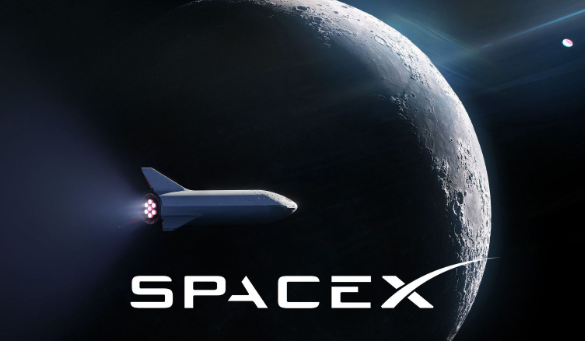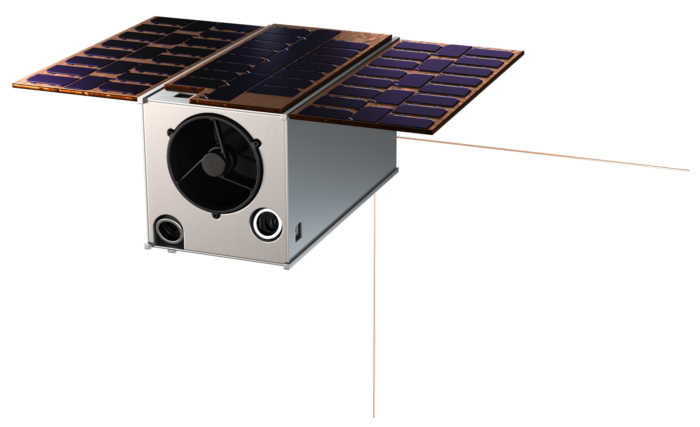What will the space industry look like in 2050? It is a long time into the future and obviously is difficult to predict. Yet, it is always good when an expert can give us their view on these timelines.
One such individual whose opinion counts for a lot is Nelson Pedreiro, Vice President of the Advanced Technology Center at Lockheed Martin. At the Bethesda, Maryland-based aerospace, arms, defence, information security, and technology corporation, Pedreiro — who has more than fifteen years of experience as a leader focused on technology and product development, as well as business operations — is responsible for technology development and transition into spacecraft and missile products, defining and communicating company strategy, product roadmaps, program execution, and talent development.
Only last week, Pedreiro attended the 2023 AIAA SciTech Forum in National Harbor, Maryland. Whilst there, he gave an interview, “Envision the Future of Space”.
What he had to say about the future of our industry was more than interesting.
“So, space 2050 is something that we started about a year and a half ago,” Pedreiro began when asked about the vision of space 2050. “As part of my role running the R&D organization, we need to be envisioning the future and then developing technologies that will make that future a reality. It’s not as about predicting the future as envisioning it.”
Pedreiro understands that a lot of what they are doing is not going to be right, which he accepts.
“What it does,” he continued, “is it allows us to envision capabilities we’d like to have in space, like in 27 years from now and 2050, and then identify major transit technologies that will enable that to happen.”
And why a timeline of 2050?
Science Fiction
Lockheed Martin picked mid-century, as the company wanted it to be far enough into the future that they have enough time to develop a clearly marvel technology that will enable them to do things differently, yet not so far in the future that it becomes “science fiction”.
“And when we looked at it, we identified a number of major enabling capabilities,” said Pedreiro. “Think about nuclear power and propulsion for space, think about on-orbit repair, assembly refuelling, on-orbit manufacturing, think about quantum communication systems in space that provides a back infrastructure when new systems come up.”
He also mentioned other key areas like lunar mobility, power on the moon, communications on the moon and Mars and power beaming.
“If you have a central power station — nuclear or solar — in space or on Moon or Mars, you can now beam power to different assets, different locations,” stated Pedreiro.
Featured image: Credit: AIAA SciTech Forum
If you found this article to be informative, you can explore more current space news, exclusives, interviews and podcasts here.
Share this article:






